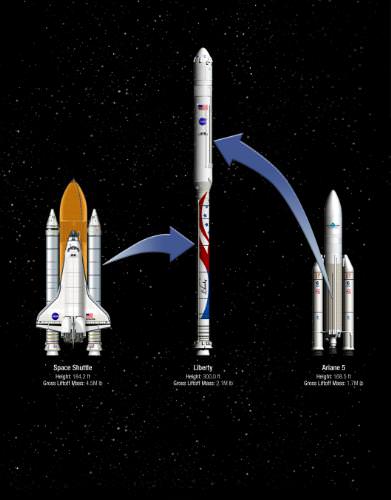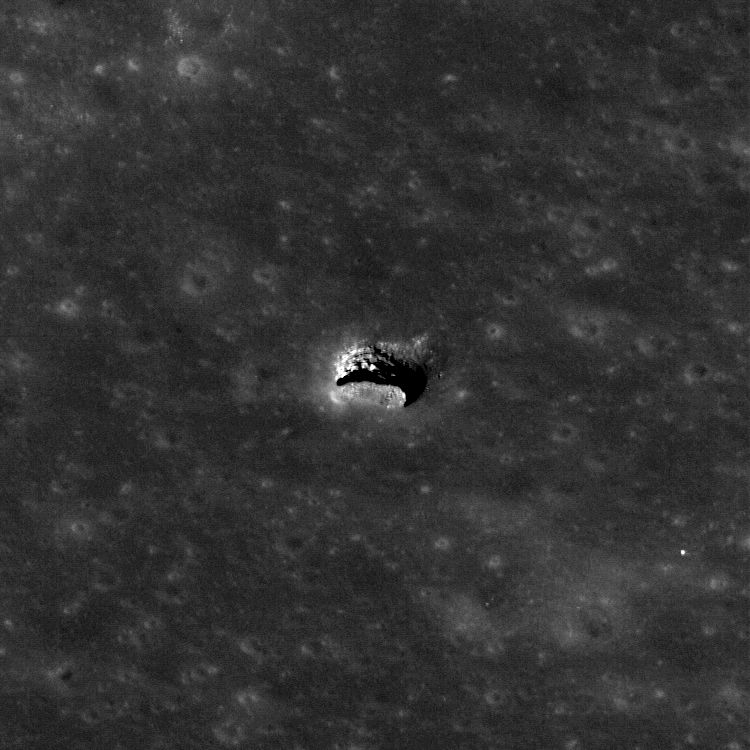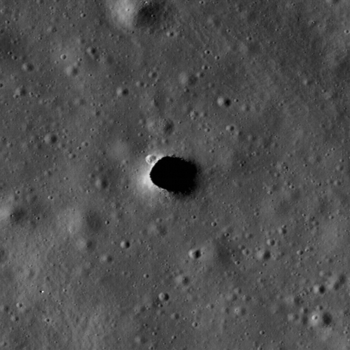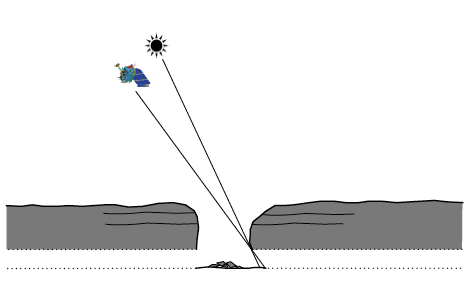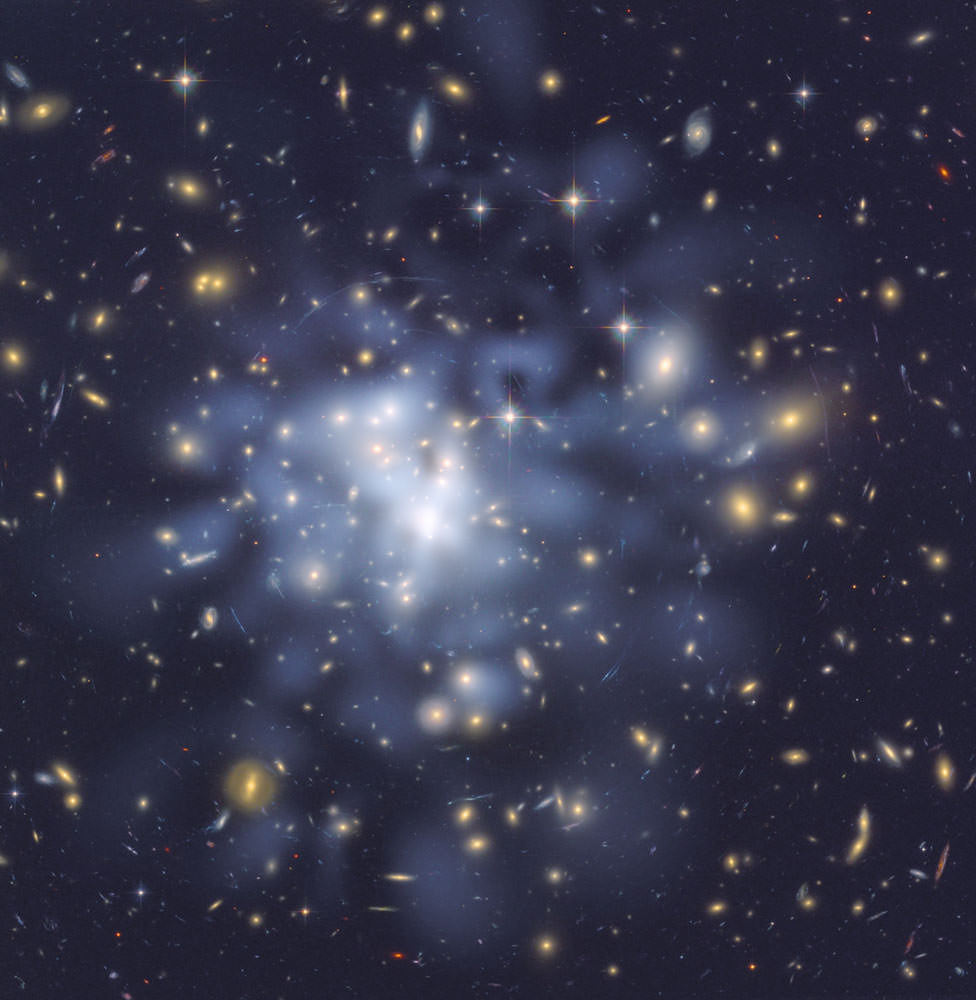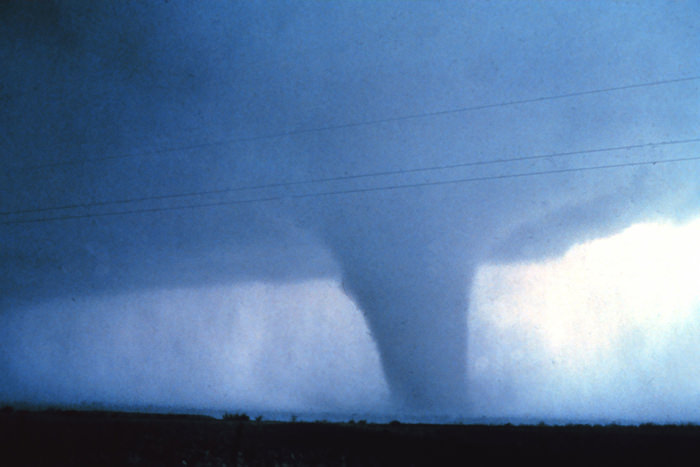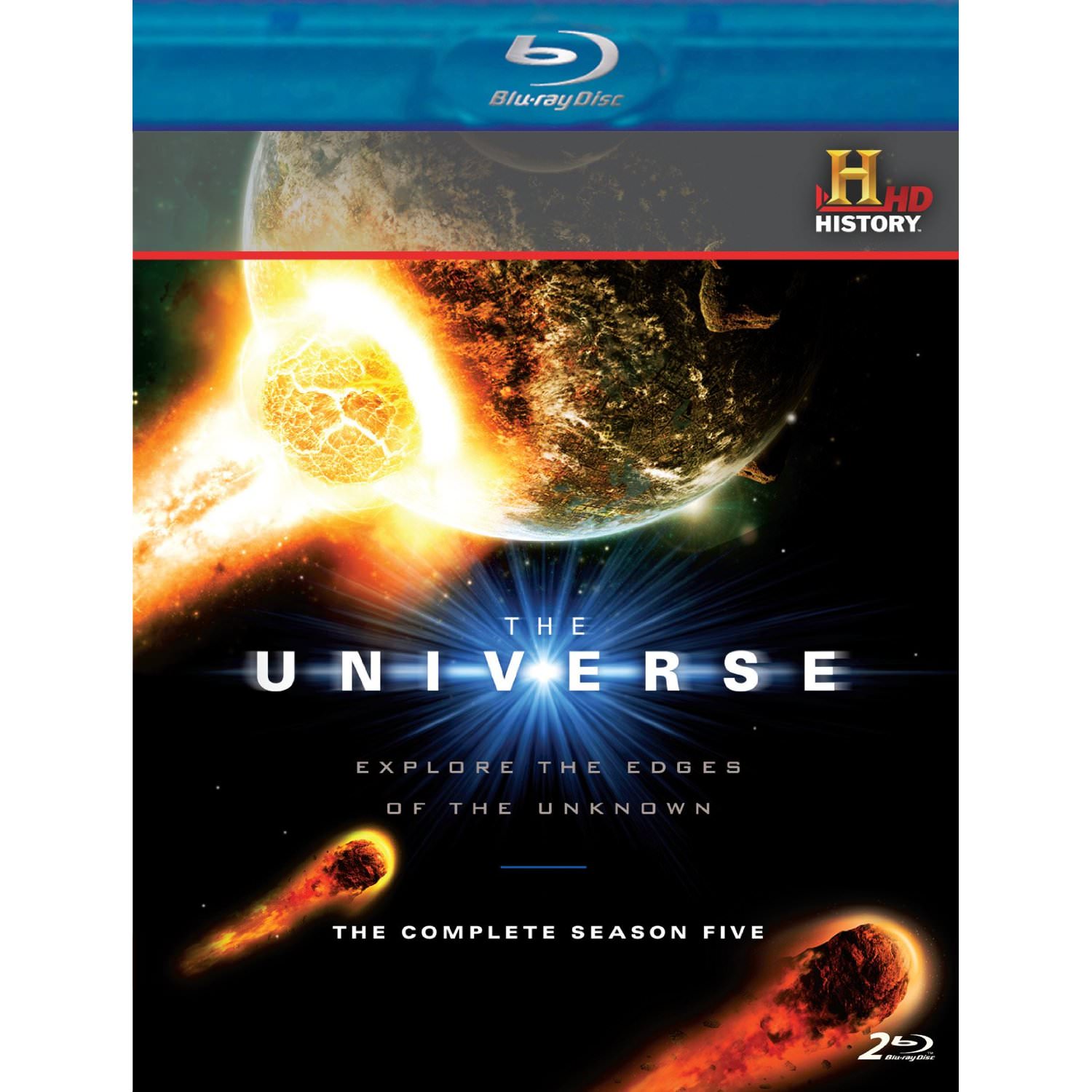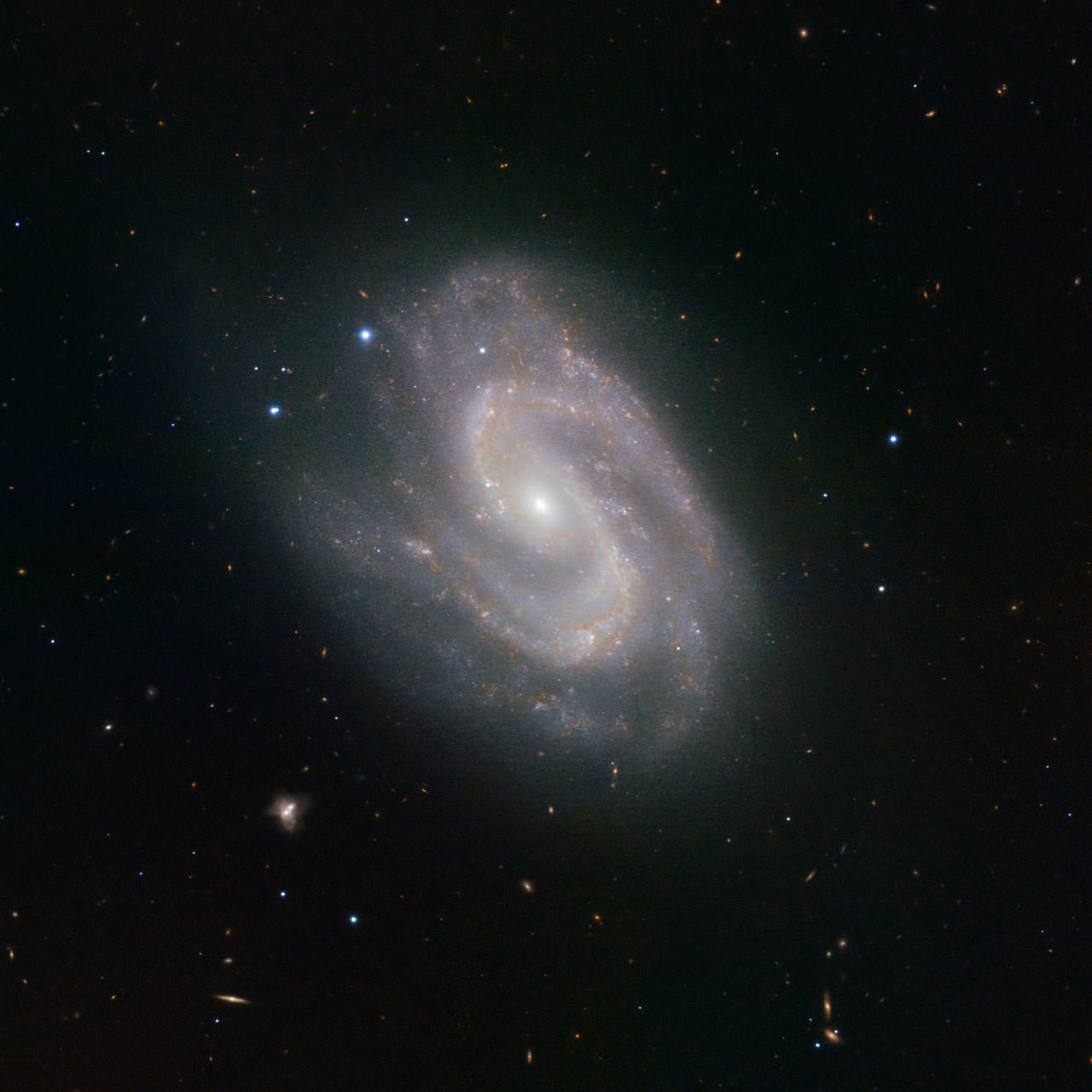When it comes to physics, the concept of energy is a tricky thing, subject to many different meanings and dependent on many possible contexts. For example, when speaking of atoms and particles, energy comes in several forms, such as electrical energy, heat energy, and light energy.
But when one gets into the field of quantum mechanics, a far more complex and treacherous realm, things get even trickier. In this realm, scientists rely on concepts such as Fermi Energy, a concept that usually refers to the energy of the highest occupied quantum state in a system of fermions at absolute zero temperature.
Fermions:
Fermions take their name from famed 20th century Italian physicist Enrico Fermi. These are subatomic particles that are usually associated with matter, whereas subatomic particles like bosons are force carriers (associated with gravity, nuclear forces, electromagnetism, etc.) These particles (which can take the form of electrons, protons and neutrons) obey the Pauli Exclusion Principle, which states that no two fermions can occupy the same (one-particle) quantum state.

In a system containing many fermions (like electrons in a metal), each fermion will have a different set of quantum numbers. Fermi energy, as a concept, is important in determining the electrical and thermal properties of solids. The value of the Fermi level at absolute zero (-273.15 °C) is called the Fermi energy and is a constant for each solid. The Fermi level changes as the solid is warmed and as electrons are added to or withdrawn from the solid.
Calculating Fermi Energy:
To determine the lowest energy a system of fermions can have (aka. it’s lowest possible Fermi energy), we first group the states into sets with equal energy, and order these sets by increasing energy. Starting with an empty system, we then add particles one at a time, consecutively filling up the unoccupied quantum states with the lowest energy.
When all the particles have been put in, the Fermi energy is the energy of the highest occupied state. What this means is that even if we have extracted all possible energy from a metal by cooling it to near absolute zero temperature (0 kelvin), the electrons in the metal are still moving around. The fastest ones are moving at a velocity corresponding to a kinetic energy equal to the Fermi energy.
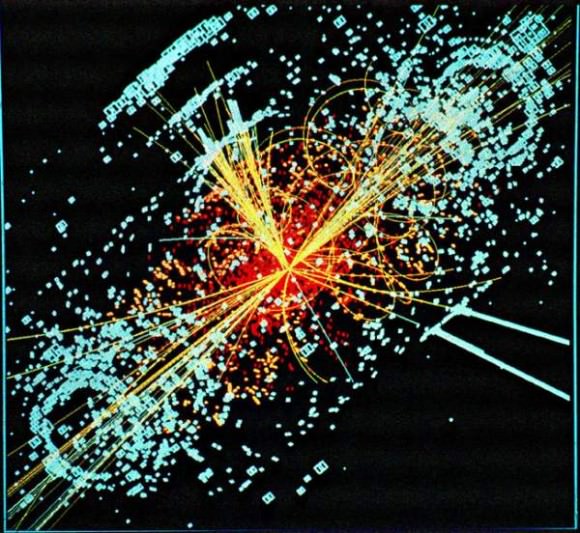
Applications:
The Fermi energy is one of the important concepts of condensed matter physics. It is used, for example, to describe metals, insulators, and semiconductors. It is a very important quantity in the physics of superconductors, in the physics of quantum liquids like low temperature helium (both normal and superfluid 3He), and it is quite important to nuclear physics and to understand the stability of white dwarf stars against gravitational collapse.
Confusingly, the term “Fermi energy” is often used to describe a different but closely-related concept, the Fermi level (also called chemical potential). The Fermi energy and chemical potential are the same at absolute zero, but differ at other temperatures.
We have written many interesting articles about quantum physics here at Universe Today. Here’s What is the Bohr Atomic Model?, Quantum Entanglement Explained, What is the Electron Cloud Model, What is the Double Slit Experiment?, What is Loop Quantum Gravity? and Unifying the Quantum Principle – Flowing Along in Four Dimensions.
If you’d like more info on Fermi Energy, check out these articles from Hyperphysics and Science World.
We’ve also recorded an entire episode of Astronomy Cast all about Quantum Mechanics. Listen here, Episode 138: Quantum Mechanics.
Sources:


